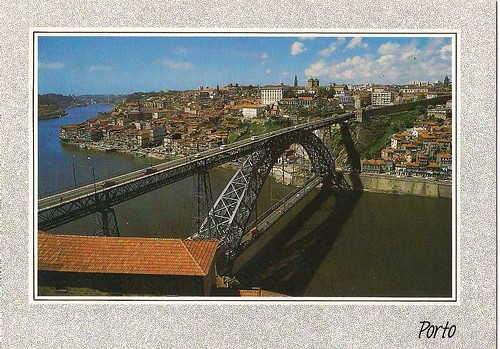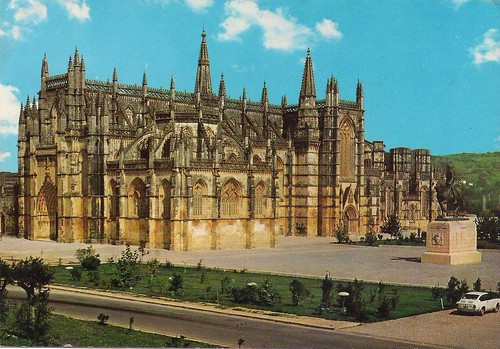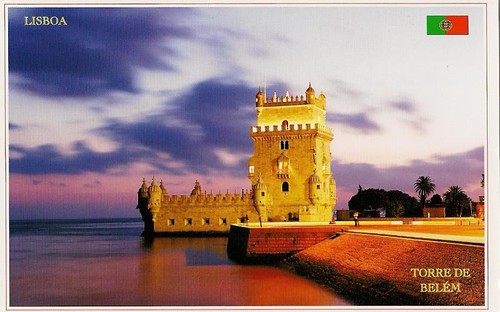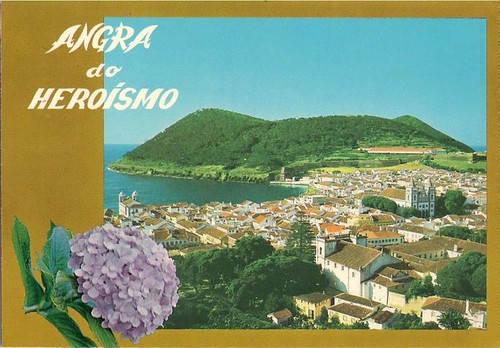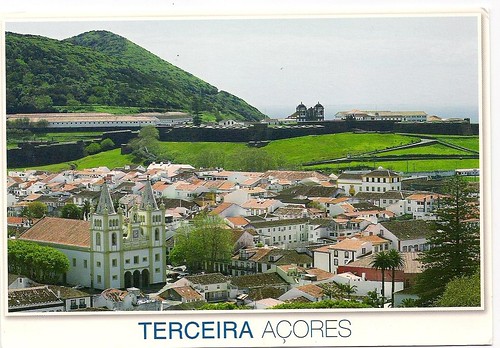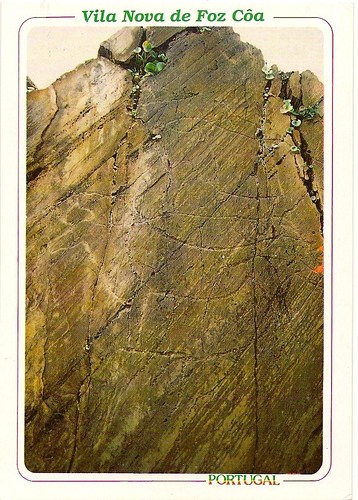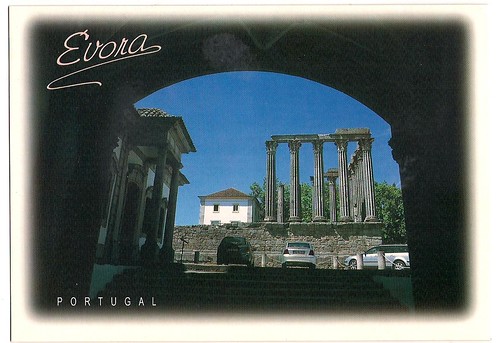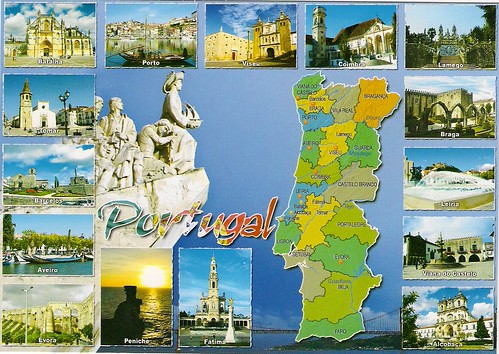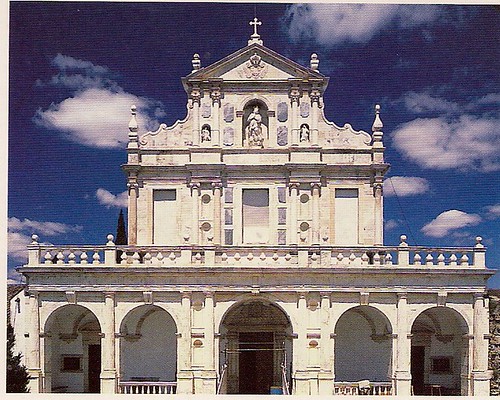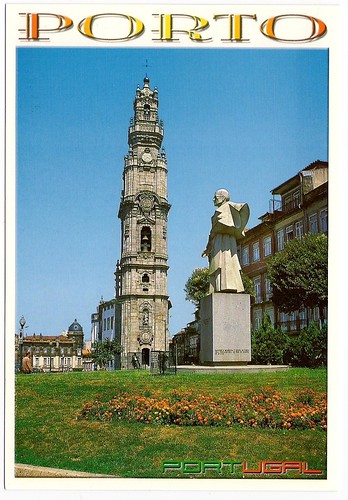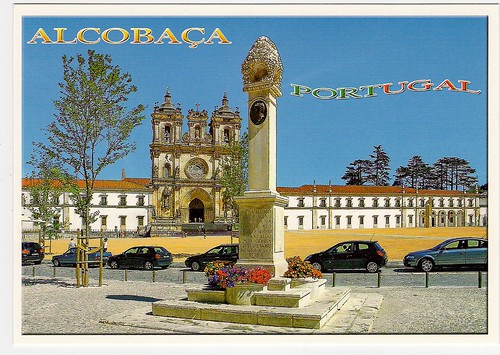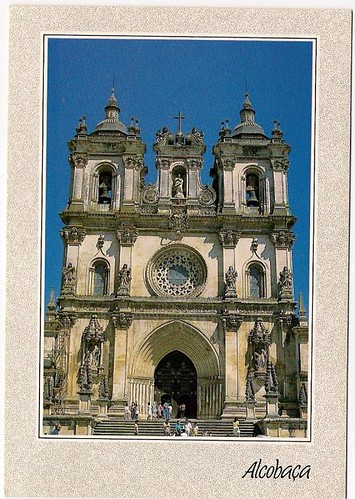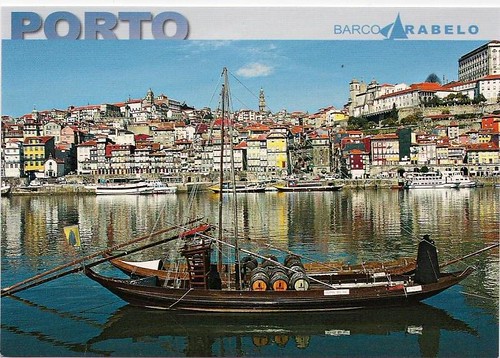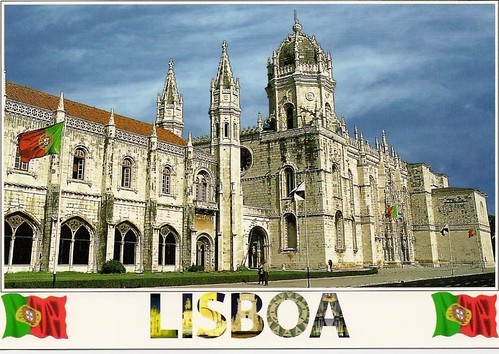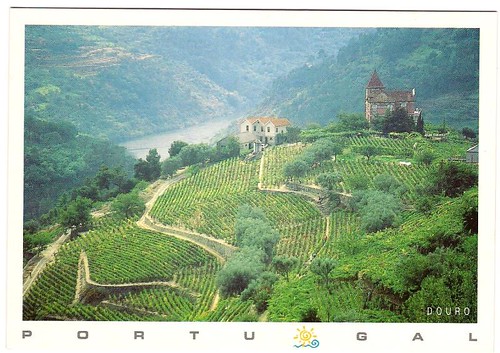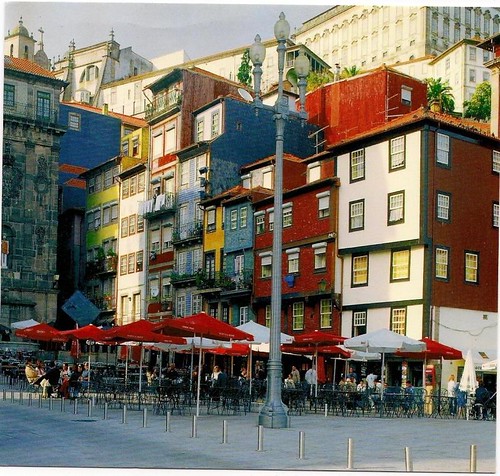Rabelo The boat is a vessel Portuguese, typical of the Douro River that the traditionally carried barrels of port of the Alto Douro, where the vineyards are located, to Vila Nova de Gaia, where the wine was stored, and subsequently marketed.
Today, with a different activity, the Rabelo are used in races, walks on the river Douro (some organized by the tourism Douro Azul) and other initiatives to recall their days of glory.
The Rabelo ships can still be found in Porto. However today, unlike other times, used to transport tourists on a playful and entertaining, and very used to cross the river from Porto to Vila Nova de Gaia, where the tourists can visit some of the wine cellars of Porto .
Read more...
